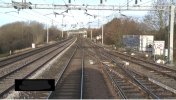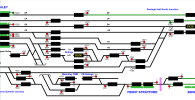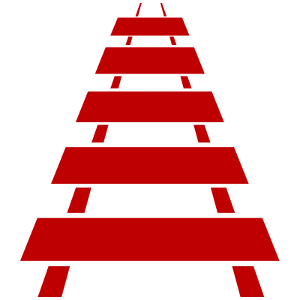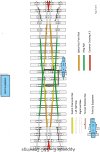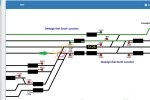But why on earth is it being allowed to affect services today? I couple of years ago we took the train from Guayaquil to Quito and spent a lot of time in the open balcony car at the back. At one point this carriage derailed - it was very bumpy and unpleasant for a few seconds until the brakes were applied. I thought, based on British Rail practice, that it would take a day to fix it, but not at all. The crew got a metal frame out of storage behind the loco and manhandled it on the track in front of the derailed wheels, used their radio to get the driver to move the train extremely slowly forwards so the affected wheels slowly mounted the steel channel up over the rail and back down into place. So we got back under way in not much more than 30 minutes. Admittedly this was light rail, but surely there must be a fast way of getting a carriage back on the track?
Your experience of re-railing a simple derailment, where a couple of wheelsets have left the rails but have not been laterally displaced by too much is one thing (especially with rolling stock that is relatively light). However, re-railing multiple coaches of stock built like a heavily armoured tank with with 5-7 bogies (10-14 wheelsets), and with lateral displacement meaning that at least some of the rails have moved over the opposite running rail (in this case, almost getting to the point where they are on the adjacent running line!) is something else entirely!
15-20 years ago, I was involved more often than I would have liked in having to rerail vehicles on non-running lines - and, so long as it only involved a couple of wheelsets that were not to far away from the rails they needed to be on, the re-railing could be complete within an hour. Often we had agreement with RAIB within that time so that operations could resume as soon as any track repairs had taken place.
The issues here will have been the task of rerailing, and then the work required to rectify damaged trackwork (a particular issue with S&C involved). With so many wheelsets derailed and significant lateral displacement, I would assume this has meant using heavy lifting equipment. Once the stock has been removed, there is then the issue of replacing track (that the photos available indicate has been seriously distorted by the forces of the derailment). If the pointwork is bespoke to the location, it is likely that new pointwork will need constructing - with the quickest way to reopen the lines being replacement of the pointwork with plain track until this can be done. However, that brings with it operational implications of taking the junction out of use for some considerable time...

